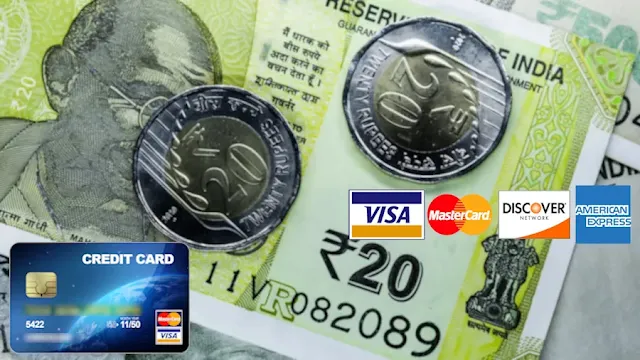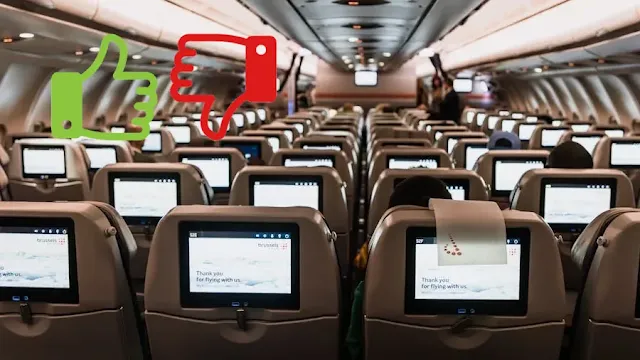Is it legal to carry liquor on Indian domestic flights
Traveling with alcohol on domestic flights in India can raise questions, especially with varying airline and state regulations. On a recent trip from Goa to Hyderabad, I packed a few bottles of local feni in my checked baggage, only to realize at the airport that I needed to ensure proper packaging to avoid breakage. To help you navigate these rules, this guide covers the limits, restrictions, and tips for carrying alcohol on domestic flights in India, ensuring a hassle-free journey.
Table of Contents
Rules for Carrying Alcohol
Yes, you can carry alcohol on domestic flights in India, but you must follow regulations set by the Directorate General of Civil Aviation (DGCA) and individual airlines. The Condé Nast Traveller India guide outlines that passengers can carry up to 5 liters of alcohol in checked baggage, with an alcohol by volume (ABV) between 24% and 70%. Beverages with less than 24% ABV (e.g., most wines, beers) have no quantity limit, while those above 70% are prohibited.
Checked Baggage Rules
Alcohol in checked baggage must be in unopened, retail packaging to prevent leakage, as per Air India’s baggage guidelines. Bottles should be cushioned with clothes or bubble wrap. The 5-liter limit applies per adult passenger and is non-transferable.
Carry-On Restrictions
Carrying alcohol in carry-on luggage is generally prohibited due to the 100 ml liquid restriction, enforced by the Bureau of Civil Aviation Security (BCAS). However, alcohol purchased post-security at airport shops (e.g., duty-free for connecting flights) can be carried in a Security Tamper-Evident Bag (STEB) with a visible receipt, typically up to 1 liter for airlines like IndiGo and Akasa Air. Air India prohibits alcohol in carry-ons entirely.
Liquid Restrictions on Domestic Flights
For carry-on baggage, liquids, gels, and aerosols (including non-alcoholic beverages) must be in containers of 100 ml or less, placed in a 1-liter transparent, resealable plastic bag, as per DGCA guidelines. This rule does not apply to checked baggage, where you can pack larger liquid containers, including alcohol within the 5-liter limit for 24-70% ABV.
Tips for Safe Packing
- Secure Packaging: Wrap bottles in bubble wrap or clothes to prevent breakage, as suggested in a Reddit thread.
- Check Airline Policies: Verify restrictions with airlines like IndiGo, Air India, or SpiceJet before travel.
- State Laws: Be aware of state-specific alcohol regulations, e.g., dry states like Gujarat prohibit alcohol transport, per Wikipedia’s alcohol laws page.
- Fragile Tags: Request a “fragile” sticker for checked baggage containing alcohol to ensure careful handling.
- Keep Receipts: Retain purchase receipts for alcohol, especially for duty-free items, to show during security checks.
Major Airline Policies
India’s major domestic airlines have specific alcohol policies, as outlined below:
- IndiGo: Allows up to 5 liters in checked baggage (24-70% ABV) and 1 liter in carry-on if purchased post-security in STEBs.
- Air India: Permits 5 liters in checked baggage but prohibits alcohol in carry-ons.
- Vistara: Allows 5 liters in checked baggage and alcohol in carry-on if in STEBs, with no specific volume limit.
- SpiceJet: Similar to Vistara, allows 5 liters in checked baggage and STEB-packaged alcohol in carry-on.
- Akasa Air: Permits 5 liters in checked baggage and up to 1 liter in carry-on if in STEBs.
Frequently Asked Questions
Can I carry alcohol in a domestic flight in India?
Yes, you can carry up to 5 liters of alcohol (24-70% ABV) in checked baggage on domestic flights in India. It must be in unopened retail packaging. Carry-on alcohol is generally prohibited unless purchased post-security in STEBs (up to 1 liter for some airlines).
How much liquor can I carry in a domestic flight in India?
You can carry up to 5 liters of alcohol per passenger in checked baggage if the ABV is 24-70%. For beverages under 24% ABV (e.g., wine, beer), there’s no limit within luggage weight allowances.
Can I take alcohol on carry-on domestic flight?
No, alcohol is generally not allowed in carry-on luggage due to the 100 ml liquid restriction. Exceptions apply for alcohol purchased post-security in STEBs (up to 1 liter for IndiGo, Akasa Air), but Air India prohibits it entirely.
Can I fly with alcohol in my carry-on?
Only alcohol purchased after security screening in STEBs, with a visible receipt, is allowed in carry-on luggage, typically up to 1 liter for airlines like IndiGo and Akasa Air. Otherwise, it must go in checked baggage.
Can I carry a 1 litre bottle in flight?
A 1-liter bottle of alcohol (24-70% ABV) can be carried in checked baggage, within the 5-liter limit. In carry-on, it’s only allowed if purchased post-security in an STEB for airlines like IndiGo or Akasa Air.
Can I pack a 750ml bottle on a plane?
Yes, a 750 ml bottle can be packed in checked baggage, counting toward the 5-liter limit for 24-70% ABV alcohol. Up to six 750 ml bottles can fit within this limit. In carry-on, it’s only permitted in STEBs post-security for select airlines.
How much liquid is allowed in domestic flights in India?
For carry-on baggage, liquids (including non-alcoholic beverages) must be in containers of 100 ml or less, fitting in a 1-liter transparent, resealable bag. Checked baggage has no liquid volume restrictions, but alcohol is capped at 5 liters for 24-70% ABV.
Check out these related articles for more travel tips:
Do You Get Free Alcohol on India Domestic Flights?
Do you get free alcohol on international flights?
Are Drinks Free on Air India International Flights?
Bringing Your Own Booze on India Flights
Can You Bring Alcohol to Gujarat on an International Flight?
Duty-Free Alcohol on Connecting Flights in India















